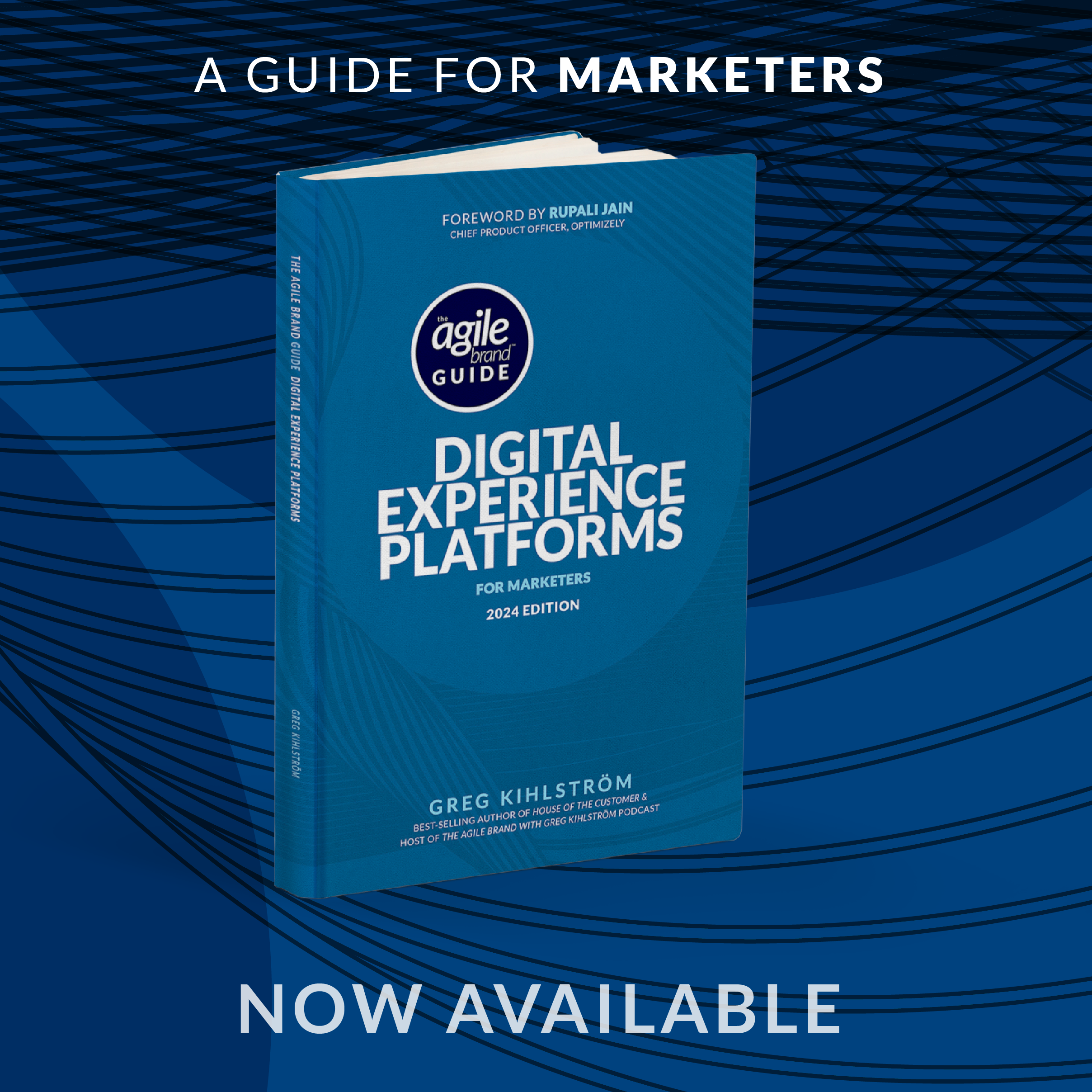In today’s digital world, data is king. As marketers, we are constantly looking for ways to harness the power of data in order to better understand our customers and target them with relevant messages. But, not all data is created equal. Third-party data has been traditionally used to inform marketing decisions, but it’s becoming increasingly clear that first and zero party data collection methods have a greater potential for success, and with recent data privacy laws and regulations it is becoming an imperative for brands to create a first-party data strategy. Let’s take a closer look at why brands are moving away from third-party data collection as well as the advantages of collecting first and zero party data.
Why Brands are Moving Away from Reliance on Third-Party Data
Third-party data can be expensive, difficult to analyze and assess its accuracy and recency in an effective manner, and leave brands vulnerable to privacy concerns. Additionally, organizations have little control over their sources of third-party data which can lead to unreliable results. This is why more companies are beginning to move away from traditional third-party data collection methods in favor of first and zero party approaches.
In the ever-changing world of marketing, brands are looking for new and more efficient ways to utilize their data to better serve their customers. As such, many companies are shifting away from collecting data from third parties and now prefer to focus more on first-party data collection. First-party marketing has become a major player in the industry and involves gathering info directly from the consumers themselves in a secure and safe way. Companies can use this information to learn more about their target audiences, better understand customer behavior and preferences, while also staying compliant with industry regulations. This shift towards first-party data collection ensures that companies are able to provide personalized experiences tailor-made for their customers.
Why First and Zero Party Offer Marketers Greater Opportunity
First party data is the valuable information that organizations collect to gain insights into their customers. This data helps brands to personalize services, understand customer preferences, and improve targeting analytics. It can also be used in an analytical fashion to help businesses identify trends, boost predictions around buying behavior, optimize marketing strategies and ultimately increase their ROI. Zero party data gives useful insights that come from customers that have willingly shared their information with organizations they trust, such as through forms and other proactive means. This kind of data is different from other types of customer data that are passively collected (first party data), such as page views and website clicks.
Knowing how to capture, interpret and effectively utilize this data can provide long-term benefits for any business looking to build relationships with its customers. Ultimately, though, it’s imperative for businesses to remain compliant when collecting first party data or else risk hefty penalties.
Growing Focus on First and Zero Party Data for Marketers
A recent survey by CDP platform company Braze found that 38% of companies surveyed were placing an increased emphasis on first and zero party data collection methods. These methods allow organizations to collect valuable customer insights directly from their own customers while also maintaining control over their sources of information. By doing so, they can ensure accuracy while remaining compliant with changing regulations such as GDPR or CCPA. Additionally, this type of data provides a much deeper understanding of customer behavior than third-party sources ever could which allows marketing teams to craft more effective campaigns that will resonate with their audience. Finally, advances in technology have made it easier for marketers to capture large amounts of first and zero party data efficiently allowing them to leverage powerful insights without expending too much time or resources doing so.
Companies are becoming savvier when it comes to data collection by utilizing first-party methods for collecting customer information. This provides organizations with more accurate and reliable data, allowing them to obtain a greater understanding about their customers’ needs and preferences. In addition, it can lead to improved experiences for the customers themselves by applying the insights collected in real time. As more companies realize the value of first-party data collection methods, they continue to invest resources in gaining further information that helps inform their decision making.
As consumer preferences change and consumer data privacy laws evolve, it’s becoming increasingly important for marketers to shift away from third-party data collection towards more reliable first and zero party methods. Not only do these approaches provide greater accuracy when accessing customer insights but they also make it easier for organizations to remain compliant with changing regulations while still leveraging powerful analytics tools like AI or machine learning algorithms in order to craft effective campaigns tailored specifically towards their audiences’ needs. By taking advantage of these powerful insights offered by first and zero party methods, marketers will be able unlock new levels of success in driving revenue growth through smarter strategies rooted in real customer insights .
Blog – GK5A – Agile Business Transformation








